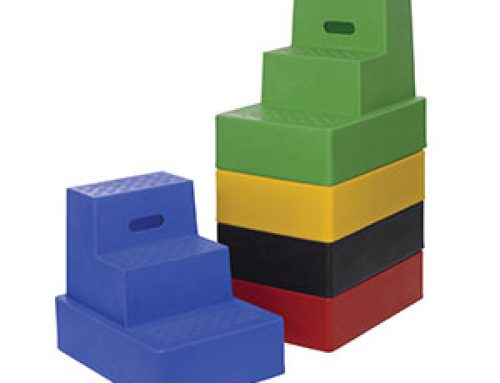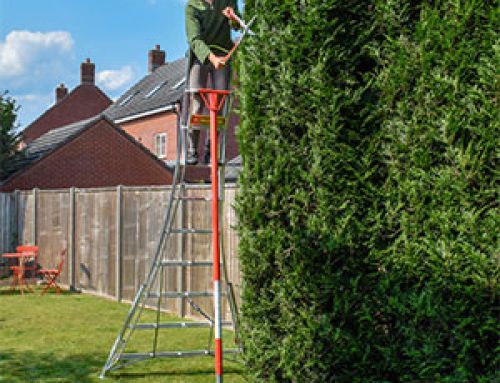As the economy opens back up and people return to work the importance of maintaining social distancing and sanitary conditions is becoming more and more important to stop a second wave sending the country back into lockdown. Although some construction work has been allowed to continue during the lockdown, and it was among the first industries to return, not all sites and jobs will have been able to abide by social distancing guidelines and this may still be a problem in some places.
As construction workers return and other ladder using trades start to operate, it's vital that some new protocols are adhered to in the workplace, particularly around the matter of sharing equipment. This should be avoided at all costs, so no-one should be using the same ladder or tools as anyone else on the same site. If there are exceptional circumstances then shared equipment must be disinfected between each person using it, and at the end of each day regardless of who has used it. Scientists know that viruses like the novel coronavirus can survive on metal and plastic surfaces for much longer than other surfaces, making construction equipment and ladders perfect for spreading infection between people. Potentially, even picking up and putting away a ladder used by someone who is carrying the virus can spread the infection to another person if they then touch their eyes, nose or mouth.
Luckily, ladders are easy to clean. A simple solution of warm water and detergent (such as washing up liquid) is the first step. Use a scrubbing brush or coarse sponge to clean the ladder, paying particular attention to any greasy or sticky spots which could cause an accident. Dry the ladder using a clean towel or paper towels and then use an alcohol based sanitizer to wipe down the ladder to ensure it is fully cleaned. The same alcohol based cleaner can be used to sanitise the ladder (or other equipment) if it must be shared and used by more than one person.
If you use a safety harness while working at height, ensure that no-one shares harnesses. Although fabrics don't harbour the virus as long as other surfaces, they can still be a source of contamination. Harnesses shouldn't be soaked in water, but they can be surface cleaned using a sponge or cloth. Again, soapy water is the best thing to use for this job, and once the harness has been cleaned and rinsed it should be hung to drip dry away from direct sunlight.
Toolboxes and work vehicles are the most likely items to be touched by multiple people. Where it's not possible for everyone to have their own machinery and it needs to be shared between shifts then a proper decontamination of the vehicle, controls, doors and any toolboxes needs to be carried out at the end of each shift. Ideally, people will use hand sanitizer or proper hand washing techniques before using shared machinery, getting in a shared vehicle or touching toolboxes to prevent accidentally spreading the virus if they are asymptomatic, but it is still best practice to thoroughly deep clean these shared items between uses.
When cleaning specialist machinery make sure that the cleaning products you use are suitable for the material at hand. It is best to avoid solvent based cleaners as they can degrade some materials and surfaces, so soapy water is the best and safest option for any surface. Some alcohol based cleaners are suitable for using on metal and plastic surfaces, but always check the instructions before applying a new cleaning product to any surface






Leave A Comment
You must be logged in to post a comment.